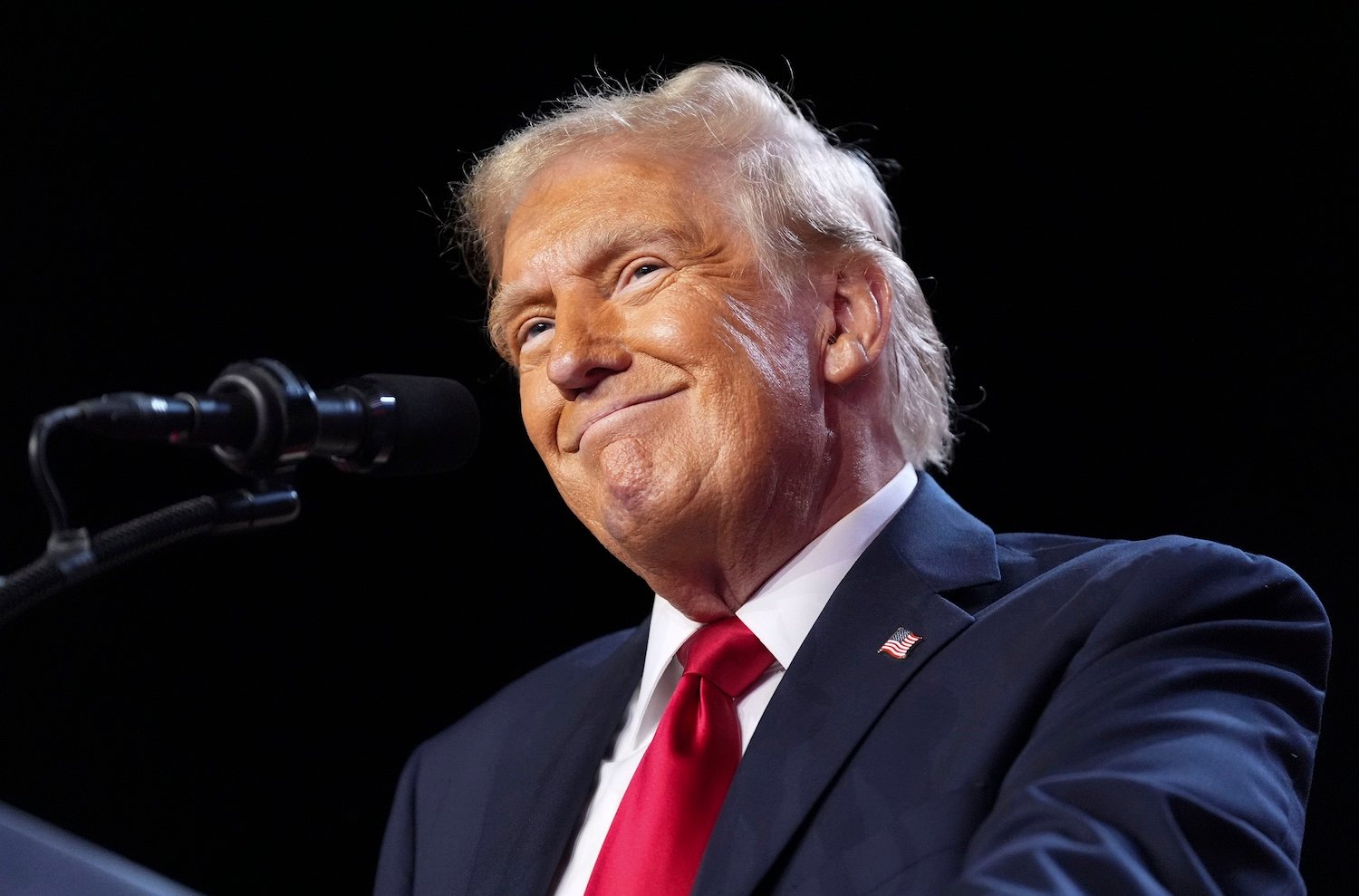President Trump’s recent executive order grants Elon Musk’s Department of Government Efficiency (DOGE) significant authority to reshape the federal workforce. This order formalizes Musk’s ongoing efforts to streamline government operations, which have so far been characterized by rapid firings, policy shifts, and media attention. The order mandates agencies to prepare for “reductions in force” (RIFs), essentially large-scale layoffs, and collaborate with DOGE representatives throughout this process. It stipulates a hiring freeze, allowing agencies to hire only one employee for every four departures, and requires new hires to be aligned with DOGE’s data-driven plans for prioritizing high-need areas.
DOGE’s Mandate and Legal Challenges
The executive order directs federal agencies to work closely with DOGE to achieve workforce reductions through efficiency improvements and attrition. This directive requires agency heads to develop data-driven plans in consultation with DOGE Team Leads to ensure new hires address critical needs. However, the legality of these actions remains contested. Transparency organization American Oversight recently filed a lawsuit against DOGE for failing to comply with Freedom of Information Act (FOIA) requests regarding the agency’s activities. The lawsuit alleges that the creation of DOGE from the existing U.S. Digital Service was a deliberate attempt to circumvent FOIA regulations and seeks access to Musk’s communications to clarify the organization’s objectives.
Budgetary Concerns and GOP Alignment
DOGE’s downsizing efforts coincide with the Republican Party’s budgetary goals of reducing public spending. This alignment was evident during the inaugural hearing of the House Committee on Oversight and Government Reform’s new DOGE subcommittee, chaired by Representative Marjorie Taylor Greene. Greene criticized government spending as “debt slavery” and argued that the federal bureaucracy hinders American progress. However, the GOP’s proposed budget, which aims to extend Trump’s tax cuts, is projected to increase the national debt by $3 trillion over the next decade. These cuts primarily target healthcare and anti-poverty programs, impacting millions of Americans, including many Trump supporters.
Irony of “Waste” Focus and Oversight Elimination
The emphasis on government waste and fraud by Musk and the Trump administration appears contradictory given their actions to weaken internal oversight mechanisms. The administration recently dismissed numerous inspector generals (IGs) responsible for investigating fraud and abuse within agencies. Several fired IGs have filed lawsuits challenging their dismissals, alleging illegal interference with their official duties. This raises concerns about the administration’s commitment to transparency and accountability in its pursuit of government efficiency.
Conclusion
President Trump’s executive order empowers Elon Musk’s DOGE to significantly restructure the federal workforce, raising concerns about transparency, legality, and the impact on essential public services. While presented as a cost-saving measure, the alignment with the GOP’s budget proposal, which prioritizes tax cuts for the wealthy over social programs, suggests a different agenda. The simultaneous weakening of internal oversight mechanisms further complicates the narrative of efficiency and raises questions about the true motives behind these changes. The legal challenges and public scrutiny surrounding DOGE’s actions will continue to shape the future of the federal workforce and government operations.











